23 pages • 46 minutes read
Ernest HemingwayTen Indians
Fiction | Short Story | Adult | Published in 1927A modern alternative to SparkNotes and CliffsNotes, SuperSummary offers high-quality Study Guides with detailed chapter summaries and analysis of major themes, characters, and more.
Symbols & Motifs
Americana (Fourth of July, Baseball, and Pie)
The Fourth of July celebrates the 1776 passage of the Declaration of Independence, which founded the United States as a land where “all men are created equal” and are endowed with “certain unalienable Rights,” including life and liberty. In “Ten Indians,” this date is ironic because all men are clearly not equal. The Garners barely see Indigenous people as human, and their conversation is peppered with racist stereotypes and slurs. As such, the story’s Fourth of July setting symbolizes the fact that such anti-Indigenous bias and violence is an integral part of the American identity. The American symbolism is deepened by the day’s baseball game—America’s pastime. By contrasting American mythology with the Garners’ treatment of Indigenous people, Ernest Hemingway critiques American anti-Indigenous bias.
Nick eats huckleberry pie when he gets home, which evokes the phrase “as American as apple pie.” Hemingway plays with this adage by changing the pie filling to huckleberry, a fruit native to North America. This change distinguishes between the Garners and the Adamses, who associate more with Indigenous people and don’t convey the same animosity in this story. Eating huckleberry pie rather than apple pie implies a willingness to adapt to the existing environment rather than impose European norms on the land.
Related Titles
By Ernest Hemingway
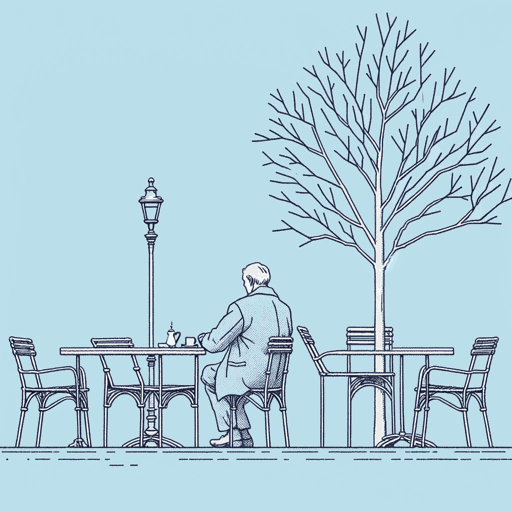
A Clean, Well-Lighted Place
Ernest Hemingway

Across the River and into the Trees
Ernest Hemingway

A Day's Wait
Ernest Hemingway

A Farewell to Arms
Ernest Hemingway
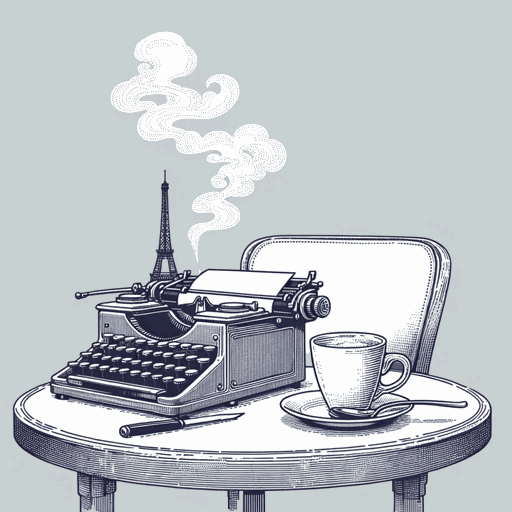
A Moveable Feast
Ernest Hemingway

A Very Short Story
Ernest Hemingway
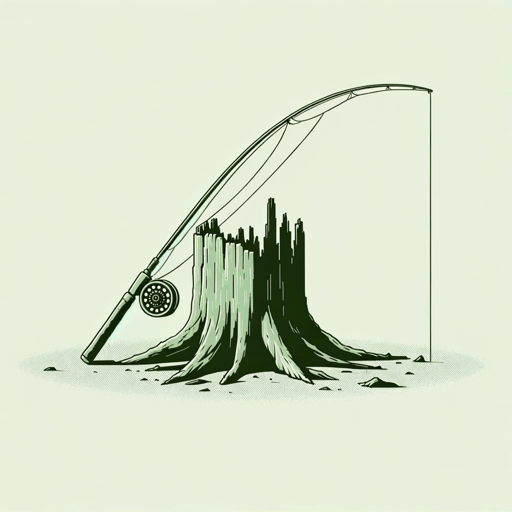
Big Two-Hearted River
Ernest Hemingway
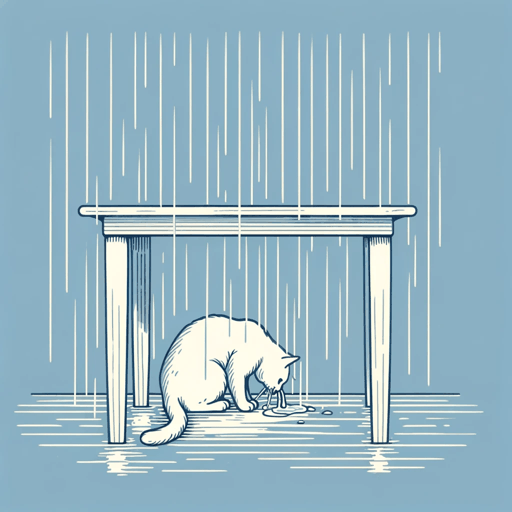
Cat in the Rain
Ernest Hemingway

For Whom the Bell Tolls
Ernest Hemingway

Green Hills of Africa
Ernest Hemingway

Hills Like White Elephants
Ernest Hemingway
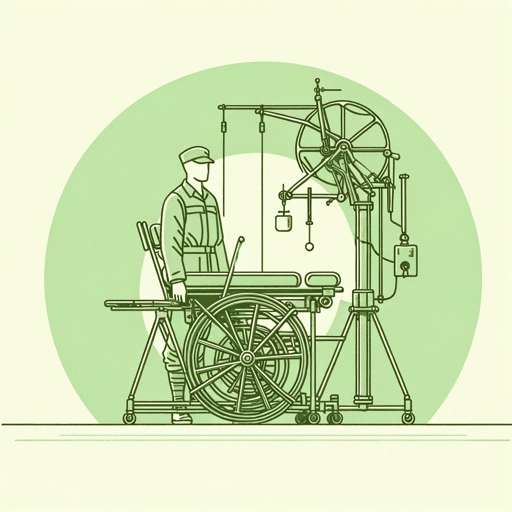
In Another Country
Ernest Hemingway

Indian Camp
Ernest Hemingway

In Our Time
Ernest Hemingway

Old Man at the Bridge
Ernest Hemingway
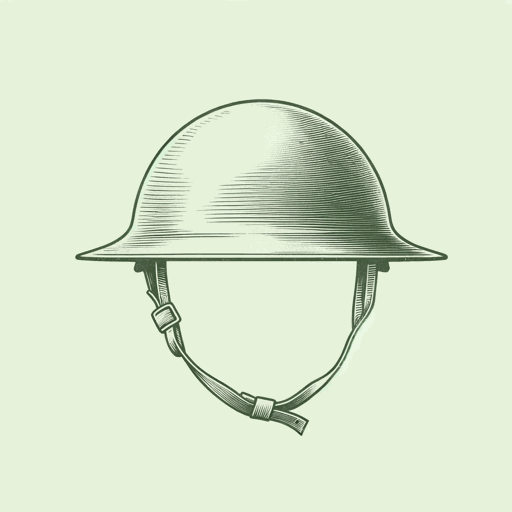
Soldier's Home
Ernest Hemingway

Solider's Home
Ernest Hemingway

The Garden of Eden
Ernest Hemingway

The Killers
Ernest Hemingway

The Nick Adams Stories
Ernest Hemingway

